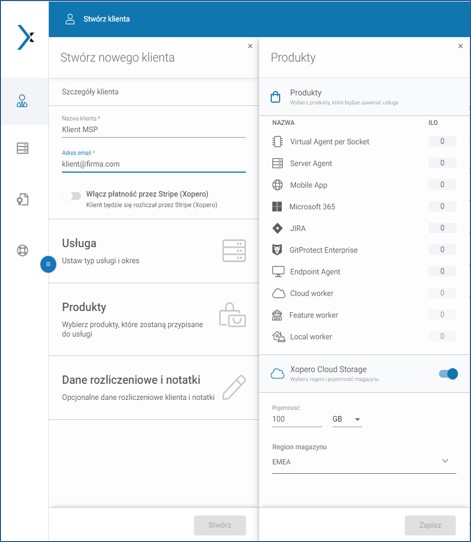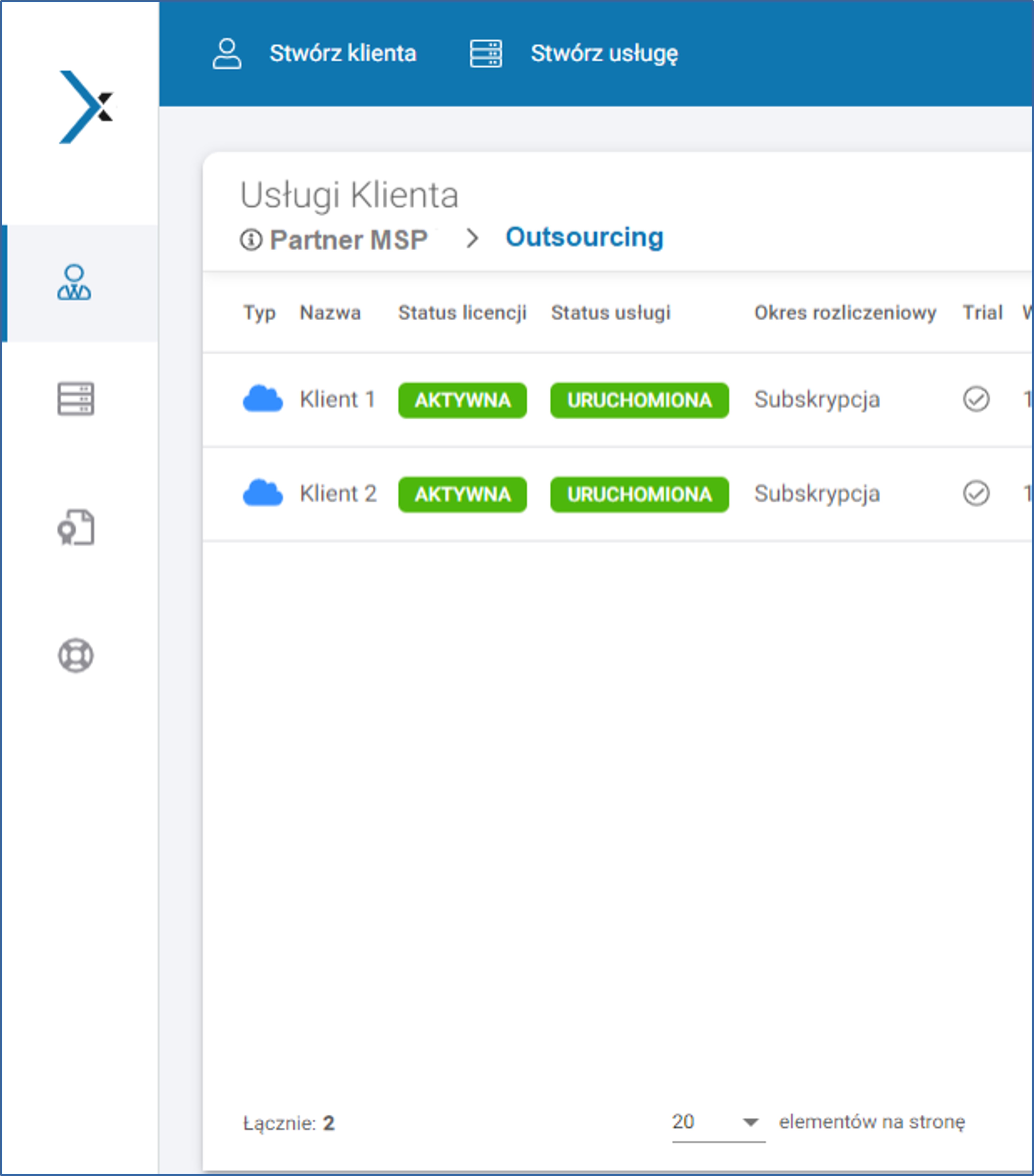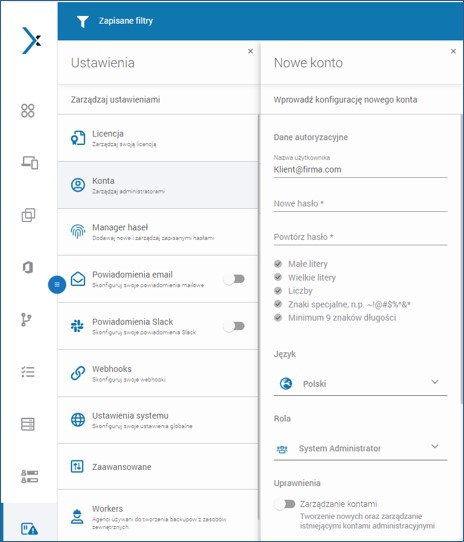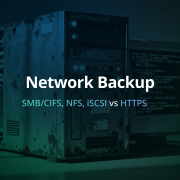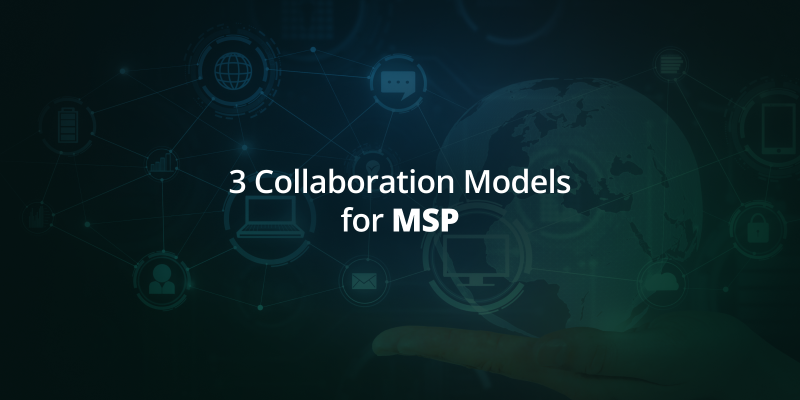
Discover the Ideal Collaboration Model with MSPs for Your Business
Table of Contents
In today’s world, entrepreneurs face numerous challenges. They must not only ensure operational continuity but also adapt to new trends and protect data. Collaborating with Managed Service Providers (MSPs) can be crucial. Through such partnerships, companies can manage IT more effectively and develop key business areas. MSPs are partners who not only respond to technological needs but also anticipate future requirements, allowing firms to stay ahead.
Utilizing MSPs offers many advantages, such as access to the latest technologies, the ability to scale services, and cost optimization. In the digital age, rapid adaptation to changes is key. MSPs can be invaluable partners for companies seeking innovation and efficiency, helping them not only survive in a rapidly changing environment but also grow and seize new opportunities.
Understanding MSP Collaboration Models: The Basics
Choosing the right collaboration model with a managed service provider is a crucial step for any organization, significantly affecting operational efficiency, IT security, and future scalability. To make an informed choice, consider several key criteria:
1. Understanding your business and IT needs
- Analyze the current situation: Identify your current IT needs and challenges. Do you need technical support, infrastructure management, cybersecurity, or cloud solutions?
- Future business goals: Define your business objectives and how technology can help achieve them. Consider how your demand for IT services will change in the future.
2. Considering available collaboration models
- Self-Service Model: Ideal for organizations with an experienced IT team that only needs tools and software to manage infrastructure.
- Full-Service Model: Perfect for companies wanting to focus on their core business by entrusting total IT management to an external partner.
- Hybrid Model: Best for organizations looking for flexibility, where both the client and MSP co-manage IT, combining internal resources with external support.
3. Evaluating potential providers
- Experience and specialization: Look for providers with extensive experience in your industry and high specialization in the required areas.
- References and case studies: Ask for references and analyze case studies to understand how a potential MSP handles challenges similar to yours.
- Flexibility and scalability: Ensure the chosen collaboration model and provider are flexible and can scale services as your company grows.
- Support level and availability: Pay attention to the support level offered by the MSP, including support team availability, response times, and service customization options.
4. Analyzing costs and ROI
- Cost structure: Understanding the cost structure and how charges are applied (e.g., monthly subscription, usage fees) is crucial for evaluating the collaboration’s profitability.
- ROI assessment: Consider the potential return on investment from collaborating with an MSP, including improved efficiency, reduced downtime, and better data security.
Which MSP Collaboration Model to Choose?
Understanding the various collaboration models offered by Xopero ONE MSP Backup is vital. Choosing the right model can significantly impact an organization’s success by aligning IT services with its individual needs and capabilities. Below, we present three modern collaboration models with a managed service provider, each reflecting different approaches to IT management, tailored to specific requirements and business objectives.
Self-Service Model
In the “Self-Service” model, the client takes full control of their IT environment, using tools and platforms provided by MSPs like Xopero ONE. This model is perfect for organizations with internal IT resources wishing to independently manage and monitor their systems while benefiting from advanced tools provided by the partner. It offers clients a sense of control and independence, allowing flexible service adjustment to current needs.
In this model with Xopero ONE MSP Backup, the Partner:
- Creates a client account using the client’s email address for registration,
- Does not have access to the client’s service and cannot manage or monitor backups (the client can create an additional administrator account for the partner to access the management console),
- Can monitor actual license usage.
Full-Service Model: Benefits of IT Delegation
The Full-Service Model, where the MSP takes comprehensive responsibility for managing the client’s IT infrastructure, allows businesses to focus on their core activities while entrusting IT management to experienced specialists. This solution is especially beneficial for companies without their IT resources or those preferring external technological process optimization. Full management ensures operational continuity, data security, and access to the latest technological solutions without involving internal resources.
In this model with Xopero ONE MSP Backup, the Partner:
- Creates a client account using their email address,
- Directly in the Xopero ONE management console, creates an additional System Administrator account for the client,
- Can manage the entire Xopero ONE system together with the client.
Hybrid Model: Combining the Best of Both Worlds
This innovative approach to collaborating with a managed service provider (MSP) perfectly meets the needs of large organizations seeking an optimal balance between independence and external support. The model allows companies to maintain control over key aspects of their IT environment while benefiting from the experience, resources, and specialized knowledge of the service provider. Companies retain direct access and control over their IT resources but also delegate some management, monitoring and security responsibilities to their chosen MSP. This enables a better focus on strategic development projects while daily operations are efficiently managed by the partner.
In this hybrid model with Xopero ONE MSP Backup, the Partner:
- Creates the first client and service, to which licenses are assigned, using their own email address,
- Creates each subsequent client as a separate service with assigned licenses,
- Uses the same login (email address) for each of their clients’ services.
However, choosing the right MSP collaboration model should be made after a thorough analysis of your own needs and capabilities, as well as evaluating the offerings and experience of potential providers.
If you would like to learn more about the Xopero ONE MSP Backup model, arrange a demo with Jakub Stachecki – DEMO.


